Versailles: Science and Splendour – a 'blockbuster' exploration of 18th-century innovation
The show highlights how three French monarchs were fascinated with scientific research
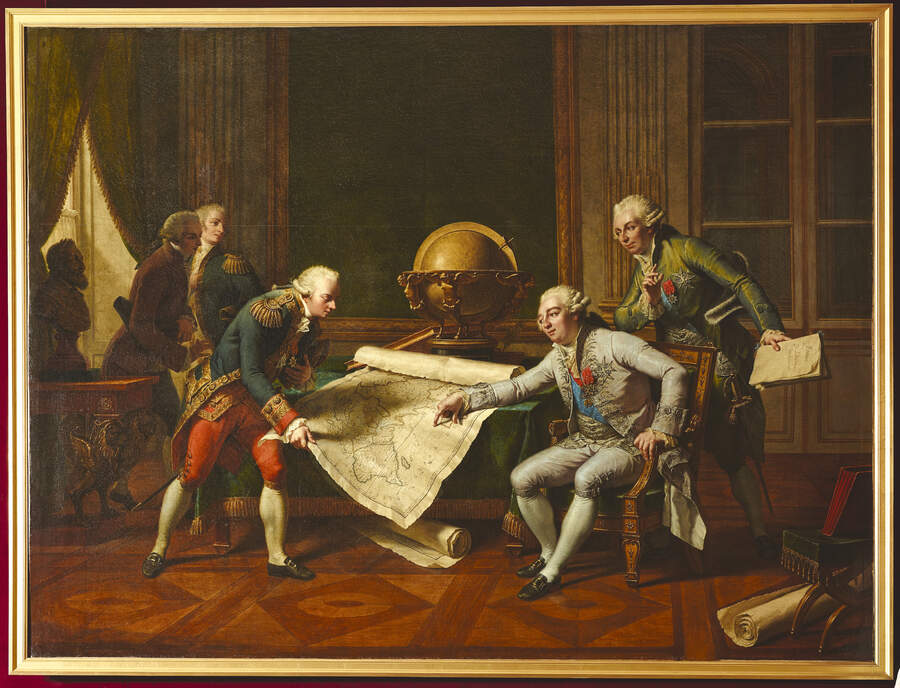
Courtly life in 18th century Versailles is widely remembered as "a world of pure fantasy frolics", said Jonathan Jones in The Guardian.
Yet for all the excess and absolutism associated with the reigns of Louis XIV, Louis XV and Louis XVI, the three monarchs took an impressively "progressive lead" when it came to scientific research. Their patronage gave rise to many remarkable developments in engineering, natural science and medicine. This "glittering" exhibition at the Science Museum looks past the clichés surrounding Versailles, and illustrates how the palace was in fact a hive of experimentation and ingenuity: indeed, even the building and its grounds were "a technological achievement", its gardens full of "state of the art innovations". Featuring a wide array of exquisite objects, from drawings to machines and scientific equipment to taxidermy, this is a "blockbuster" of a show that should not be missed.
The rule of the last Bourbon kings coincided with "the elevation and systematisation" of science as a discipline, said Melanie McDonagh in The London Standard. Scientists sought – and often received – royal patronage, in the hope of presenting their discoveries at court. One such demonstration, commemorated in an illustration here, came courtesy of Étienne Montgolfier and his hot air balloon, which he tested before Louis XVI and Marie Antoinette, filling its basket with "a rooster, a sheep and a duck" (thankfully, they survived the ordeal). "Wonderful pieces" abound: a "superlative" watch with a crystal face made for Marie Antoinette; "beautiful" zoological paintings; and a series of "stuffed anatomical dolls designed to demonstrate practical obstetrics". All speak of a moment when science "was allied with the decorative arts", rather than practised with dry functionality. It is enough to make the visitor rather "wistful".
The Week
Escape your echo chamber. Get the facts behind the news, plus analysis from multiple perspectives.

Sign up for The Week's Free Newsletters
From our morning news briefing to a weekly Good News Newsletter, get the best of The Week delivered directly to your inbox.
From our morning news briefing to a weekly Good News Newsletter, get the best of The Week delivered directly to your inbox.
There are certain points at which you could be forgiven for thinking that "France's kings were interested in science only when it could satisfy their megalomaniacal desires", said Alastair Sooke in The Telegraph. A "freakishly enormous" hydraulic system was designed to bring water uphill from the Seine to Versailles's fountains. It never worked. You can see Jean-Baptiste Oudry's paintings of pineapples grown there – the ultimate status symbol. And you can see Louis XV's stuffed rhinoceros too; in life, the pampered animal was fed on bread and given "moisturising oil massages". Altogether scarier is "a wickedly elongated curved scalpel" created to "rid Louis XIV of an anal fistula". The surgery was rehearsed on 75 impoverished test subjects, some of whom died; the surgeon was "so traumatised that he never operated again". Altogether, the show is "a blast" – a superb exhibition that is also "a masterclass in brilliant, concise storytelling".
A free daily email with the biggest news stories of the day – and the best features from TheWeek.com
-
 Political cartoons for December 13
Political cartoons for December 13Cartoons Saturday's political cartoons include saving healthcare, the affordability crisis, and more
-
 Farage’s £9m windfall: will it smooth his path to power?
Farage’s £9m windfall: will it smooth his path to power?In Depth The record donation has come amidst rumours of collaboration with the Conservatives and allegations of racism in Farage's school days
-
 The issue dividing Israel: ultra-Orthodox draft dodgers
The issue dividing Israel: ultra-Orthodox draft dodgersIn the Spotlight A new bill has solidified the community’s ‘draft evasion’ stance, with this issue becoming the country’s ‘greatest internal security threat’
-
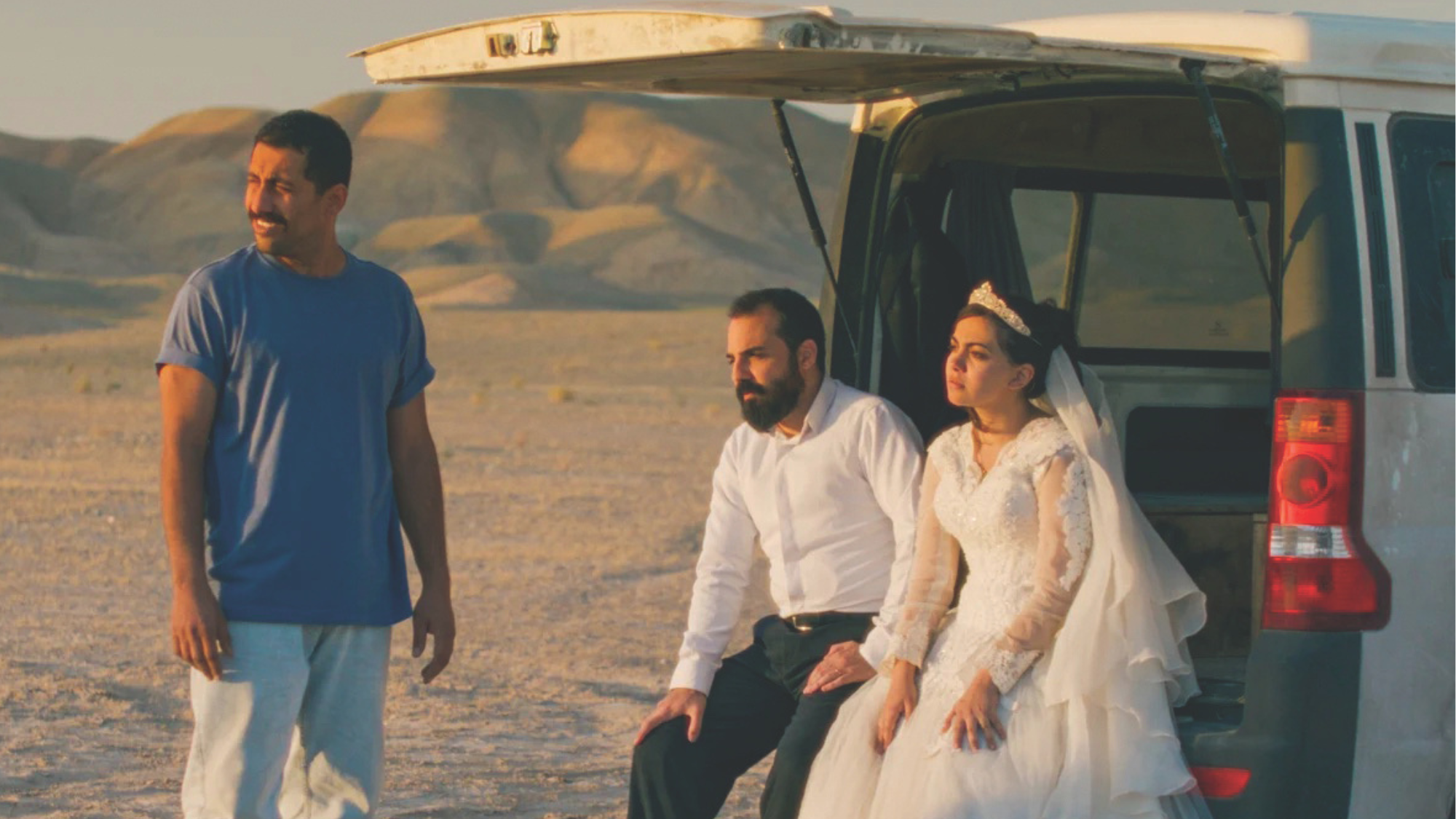 It Was Just an Accident: a ‘striking’ attack on the Iranian regime
It Was Just an Accident: a ‘striking’ attack on the Iranian regimeThe Week Recommends Jafar Panahi’s furious Palme d’Or-winning revenge thriller was made in secret
-
 Singin’ in the Rain: fun Christmas show is ‘pure bottled sunshine’
Singin’ in the Rain: fun Christmas show is ‘pure bottled sunshine’The Week Recommends Raz Shaw’s take on the classic musical is ‘gloriously cheering’
-
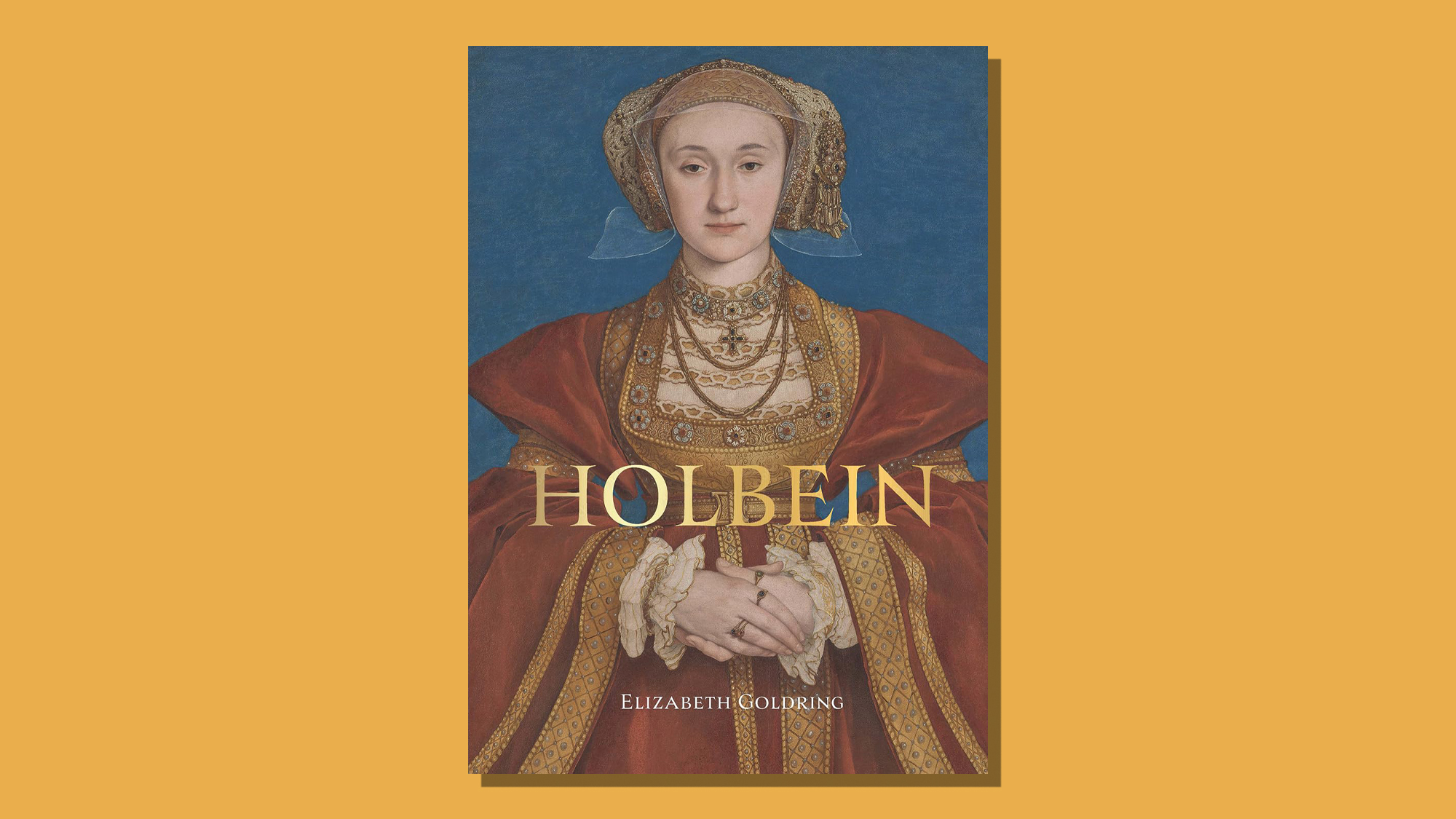 Holbein: ‘a superb and groundbreaking biography’
Holbein: ‘a superb and groundbreaking biography’The Week Recommends Elizabeth Goldring’s ‘definitive account’ brings the German artist ‘vividly to life’
-
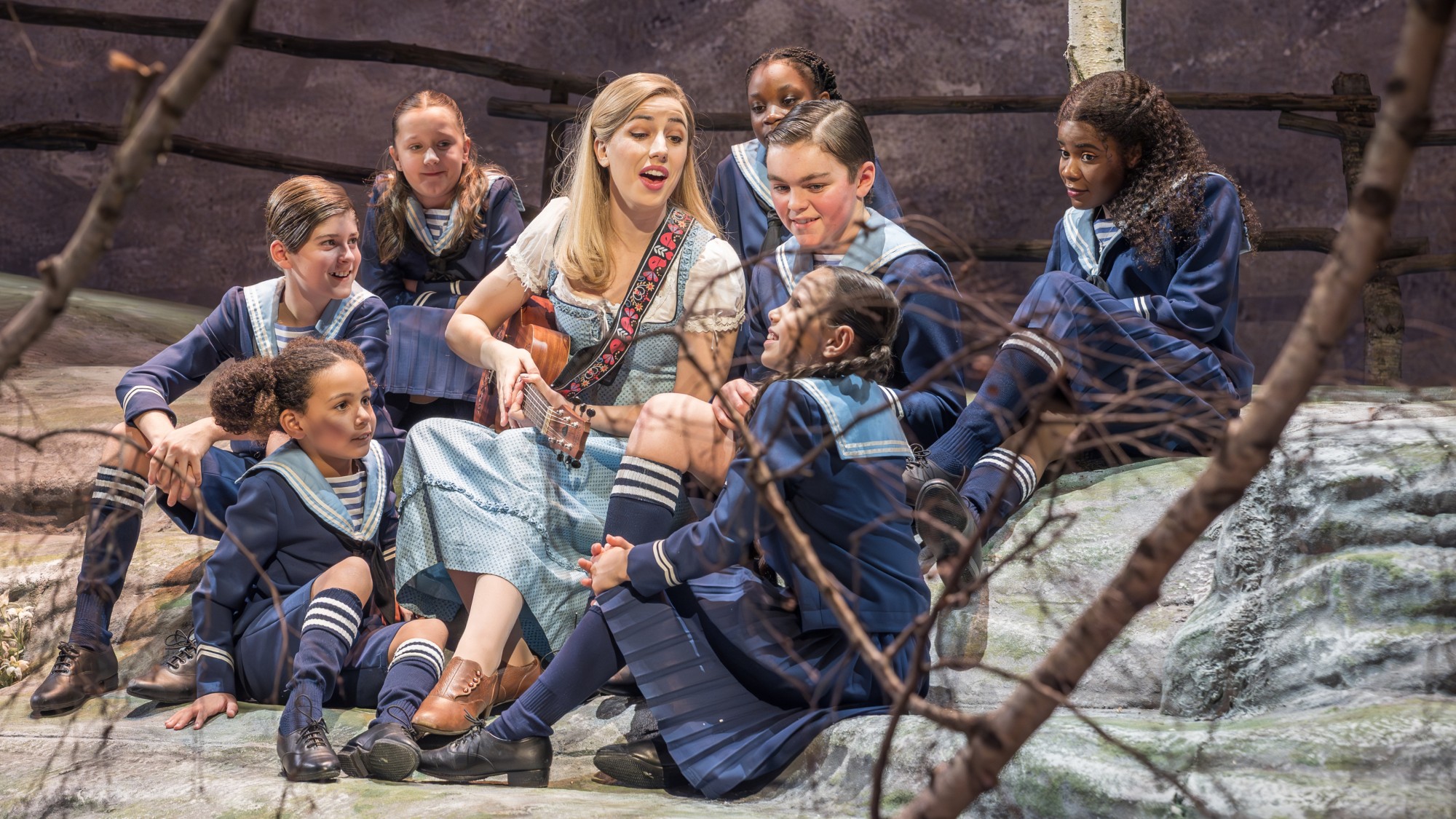 The Sound of Music: a ‘richly entertaining’ festive treat
The Sound of Music: a ‘richly entertaining’ festive treatThe Week Recommends Nikolai Foster’s captivating and beautifully designed revival ‘ripples with feeling’
-
 ‘Furious Minds: The Making of the MAGA New Right’ by Laura K. Field and ‘The Dream Factory: London’s First Playhouse and the Making of William Shakespeare’ by Daniel Swift
‘Furious Minds: The Making of the MAGA New Right’ by Laura K. Field and ‘The Dream Factory: London’s First Playhouse and the Making of William Shakespeare’ by Daniel SwiftFeature An insider’s POV on the GOP and the untold story of Shakespeare’s first theater
-
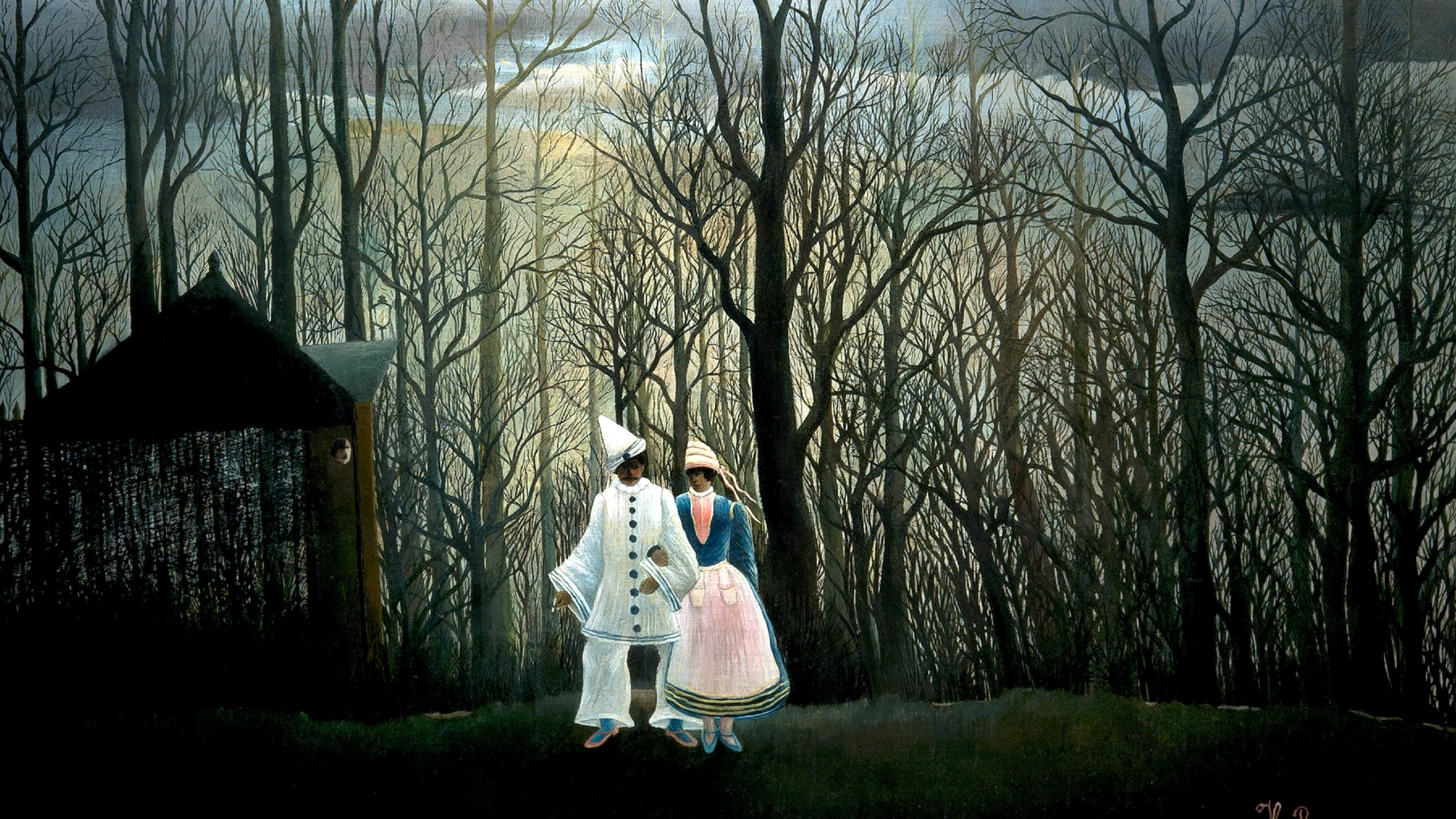 Henri Rousseau: A Painter’s Secrets
Henri Rousseau: A Painter’s Secretsfeature Barnes Foundation, Philadelphia, through Feb. 22
-
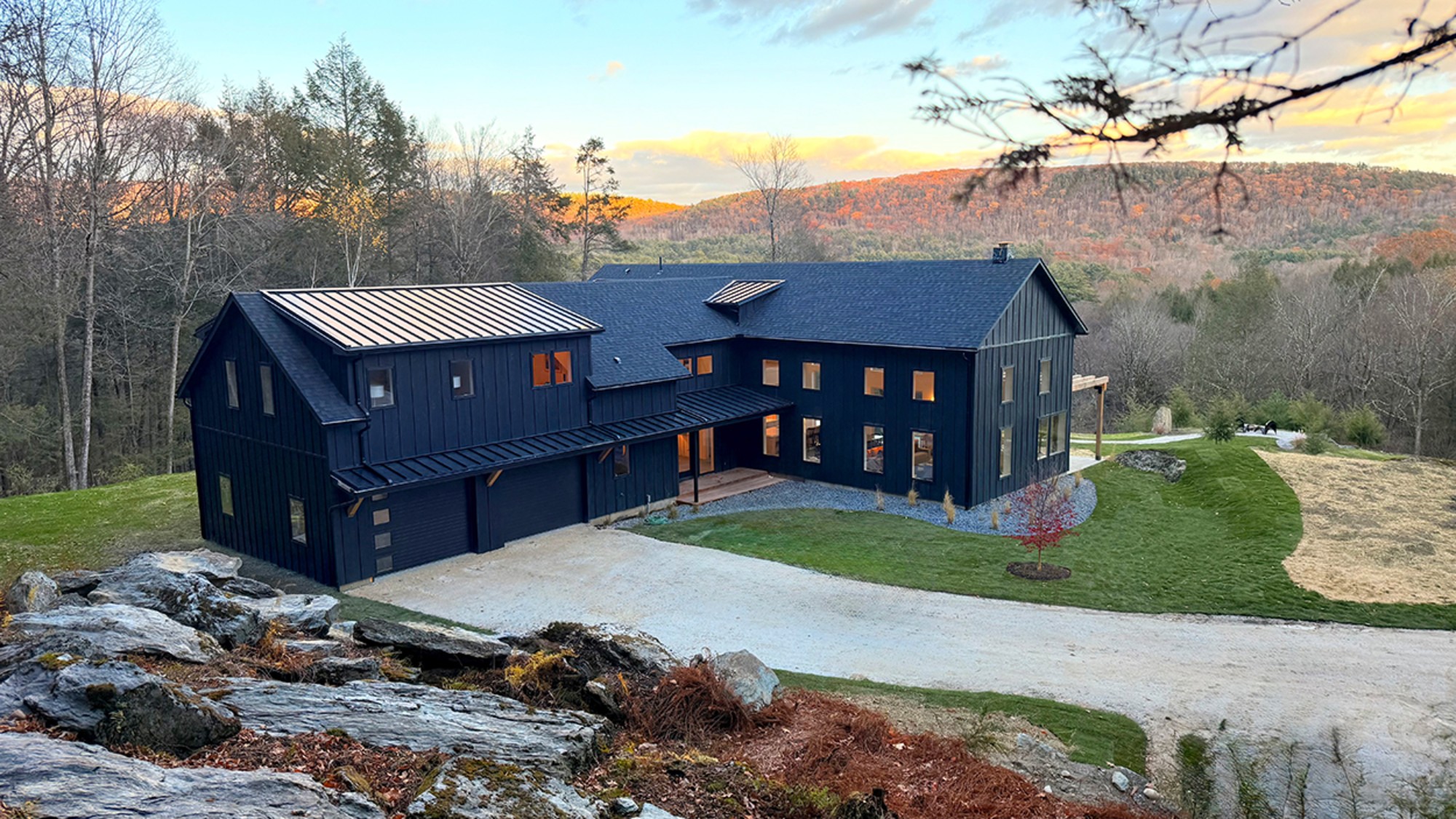 Homes with great fireplaces
Homes with great fireplacesFeature Featuring a suspended fireplace in Washington and two-sided Parisian fireplace in Florida
-
 Film reviews: ‘The Secret Agent’ and ‘Zootopia 2’
Film reviews: ‘The Secret Agent’ and ‘Zootopia 2’Feature A Brazilian man living in a brutal era seeks answers and survival and Judy and Nick fight again for animal justice